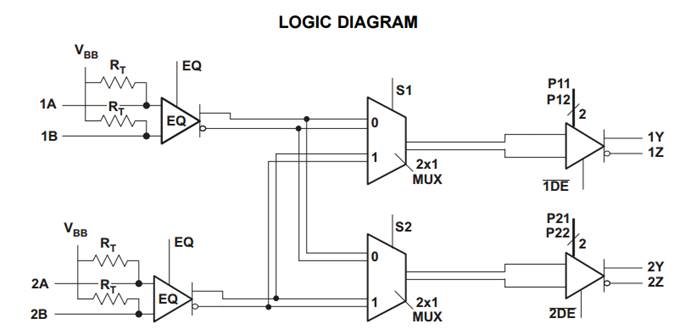Hi Sirs,
Sorry to bother you
We are survey and study TI high speed signal conditioning.
Some Definitions are confused for us.
Could you help to explain more detail for us?
1. What different between Re-driver/Re-peater?
We saw
|
Redriver |
Does not touch the data but equalizes and redrives the amplitude |
|
Repeater |
Brings data in, performs a certain amount of error correction and retransmit corrected data. |
We don't know what are they mean??
2. What different between Buffer and Re-driver?
We saw different at buffer does not compensate for signal loss. But as i know Buffer and Redriver both are Signal Strengthening??
|
Buffer |
Acts like a termination point but does not compensate for signal loss |
3. At switch Definitions, what is mean includes cross points and other configurations like 4:2 or 2:4??
|
Switch |
General term that includes MUX and DEMUX but also includes cross points and other configurations like 4:2 or 2:4 |
4. What different between Pre-emp and De-emp??
We saw Definitions but we don't know what is mean.
|
Pre-emphasis |
A process of increasing the amplitude of certain frequencies relative to others in a signal in order to help them override noise, complemented by de–emphasis before final reproduction of the signal being received. Exceeds the output swing. |
|
De-emphasis |
Some times referred to as driver equalizer: A process of reducing the relative amplitude of certain frequencies in a signal that have been exaggerated by pre–emphasis, restoring the signal to its original form. Does not exceed the output swing |
Many thanks for your reply.


